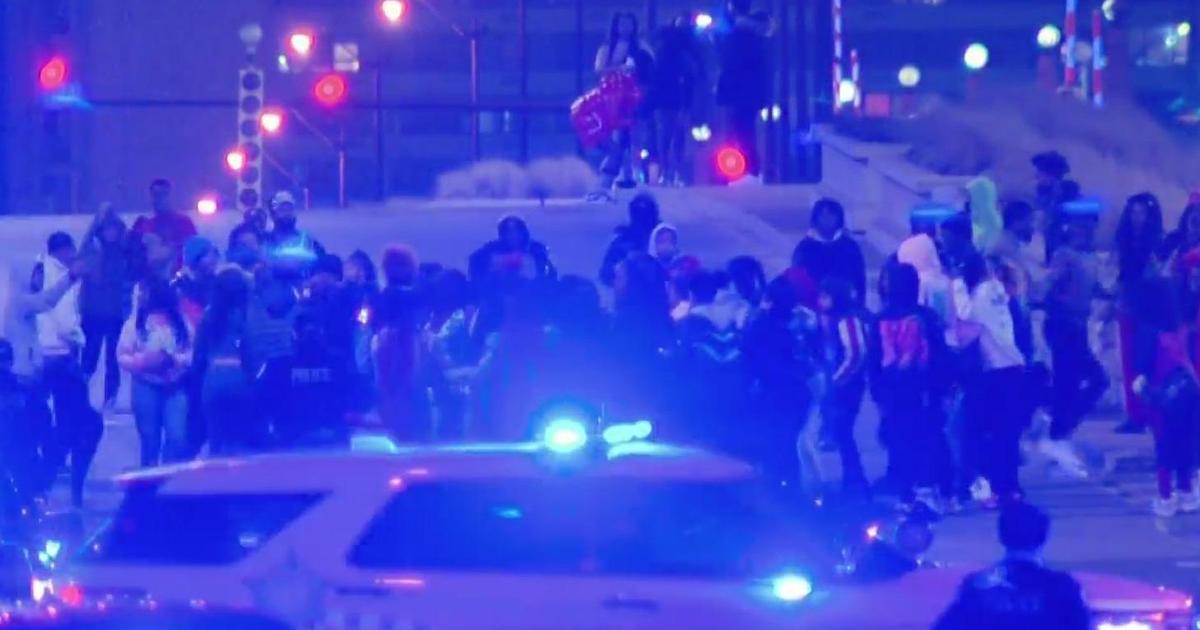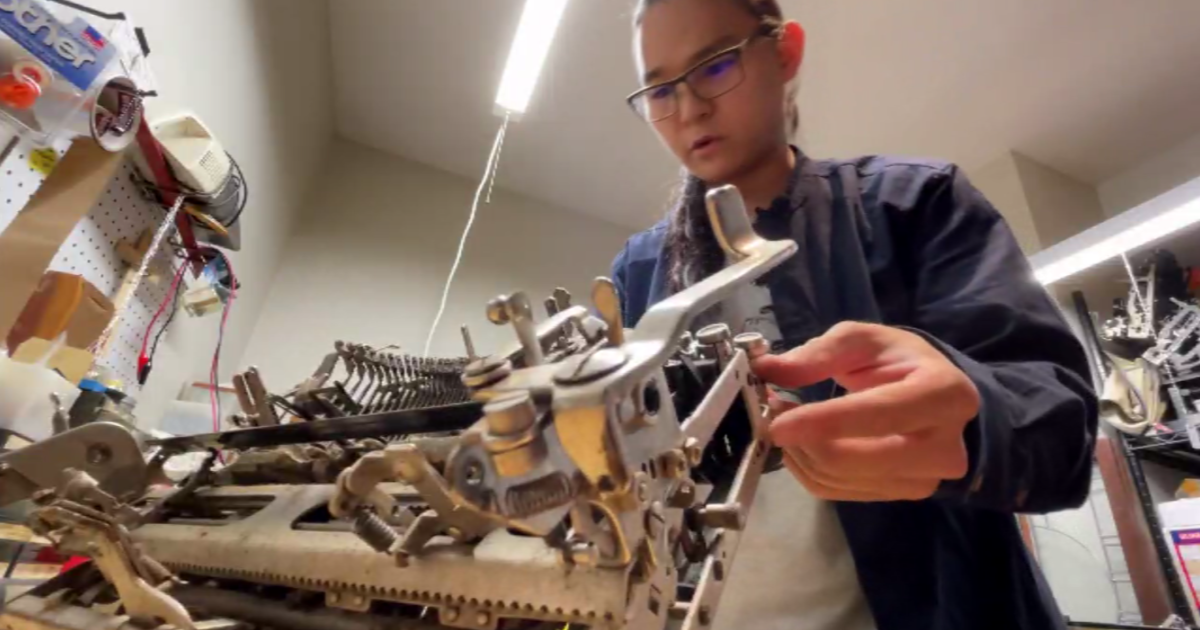Metra Hoping To Reduce Wind Delays With New Solution
CHICAGO (CBS) -- Metra believes it has an answer to one of its most persistent delay problems – high winds.
The commuter rail agency's high-wind solution is decidedly low-tech -- the anemometer, a wind-speed measuring instrument that has been around for more than 500 years. Metra tested them first on its BNSF line. Union Pacific liked what it saw, and Metra is now installing them on all three UP-operated lines.
Interim Executive Director Don Orseno said the differences during the last big wind storm between operations on BNSF with localized, real-time wind-speed measurements and UP without was night and day.
"The Burlington Northern didn't receive any wind-related delays while the Union Pacific was not able to operate its trains," he said.
Orseno said UP was sold on the installation immediately.
"They were concerned about safety. They wanted to make sure that they felt comfortable and they had a scientific way to look at things," he said. "This was an approach we used on the Burlington Northern, it worked, and they (UP) are very happy to try to incorporate the same approach."
The anemometers have been linked to the BNSF Fort Worth, Tex., dispatching center, and will be linked to the Union Pacific national dispatching center in Omaha, Neb.
Although Metra has less restrictive rules governing high winds on the commuter lines it owns (the Milwaukee and Rock Island Districts, as well as the Metra Electric), only mandating lower-speed operation, Orseno said Metra is studying anemometer installations on the rest of its system as well.
Orseno said the installations should assure that future wind-related delays will be short, in isolated areas and based on real-time conditions, instead of halting entire commuter rail lines based on the mere possibility of high wind gusts.
The cost of the installation is another reason for riders of the cash-strapped agency to smile. Orseno said it cost between $25,000 and $27,000 to equip the entire BNSF line between Chicago and Aurora and connect them to the BNSF dis patching center. He anticipates similar costs for each of the UP-operated lines – and said it should be both cheap and a comprehensive solution to one of Metra's most persistent delay problems.
Orseno said, along with heavy rains and crossing accidents, the wind-related restrictions have been among the most persistent of Metra delay problems, and the UP wind-gust rule has been a bone of contention between Metra and the railroad for years.
At first, UP required its trains to come to a halt immediately, even if it was between stations. After volumes of complaints by riders, UP agreed in 2011 to allow trains to operate, at reduced speeds, only to the next station. But riders have been increasingly frustrated, especially when it has appeared that high wind forecasts did not prove to be true, occurred in isolated spots during peak ridership periods, or lasted for several hours.



